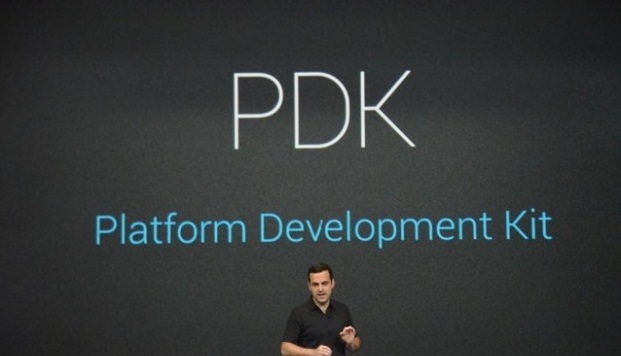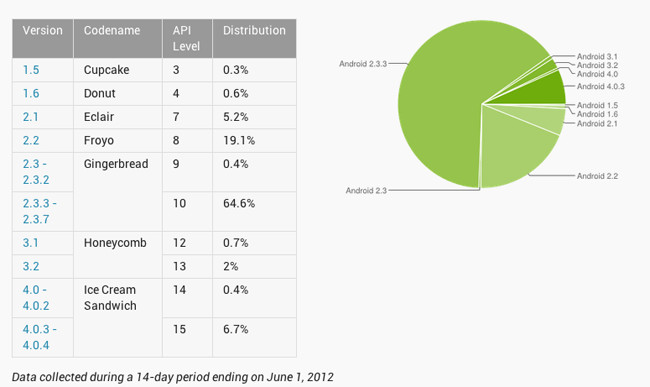Affiliate links on Android Authority may earn us a commission. Learn more.
The Android PDK and how Google can further reduce the fragmentation issue

The Android Platform Developer’s Kit (PDK) is the hardware equivalent of an SDK for manufacturers. Usually SDK’s are released months ahead of the product launch because the company wants 3rd party developers to make as many apps as possible for their OS or product, that should be available in the day of the launch or soon after that, depending on how complex their apps are.
In a similar way the PDK is supposed to help manufacturers make devices for the latest version of Android before that version of Android actually launches. This means that, theoretically, manufacturers should be able to release or upgrade many more phones in the same time with the latest version of Android, instead of waiting 2 months for a minor update like Gingerbread, or at least 6 months for a major one like ICS.
A couple of months ago we heard that Google is planning to launch Android 5.0 in Q3 with five OEM’s at once, and this PDK seems to match that very well. If these 5 OEM’s are getting the PDK right now, we’re basically 4-5 months away from Android 5.0 launch. This means that these manufacturers might be already working on those Nexus devices with Android 5.0.
Of course, the PDK should help them speed up the development for Android 4.1 as well. However, since JB is already very close to launch, it probably won’t help that much. The good news is that it’s not that big of an upgrade, so we shouldn’t be waiting as much as we did for ICS upgrades. But let’s hope this PDK is just one of many more steps that Google will take in the near future to try to reduce the fragmentation issue.

Another step that I think will go great with the PDK program is releasing only one major version of Android per year, with all the new features bundled into that version. This way they can work 9 months to prepare all the features and whatnot, and then have the version in “preview” or in “beta” for manufacturers, and give them 3 months to port that version to many of their new and old devices. Then after the 12 months have passed, Google can announce and release the new version into the wild, and manufacturers can come out with the new devices with the latest version, as well as with upgrades for at least some of their older ones.
This should happen at Google I/O because it’s their biggest event of the year, the most professional one, and it’s the one where they can hand out a lot of those devices to developers, so they can build apps for the new version of Android. I’ve never really liked their fall or winter (Honeycomb) events, because they last like 3 minutes, they are in some forsaken place where reporters don’t even want to go, and the event ends up appearing as if it was built by amateurs, which might leave an underwhelming sense for the new Android version.
But I’m sure there are many more ways for Google to try to fix the fragmentation problem, and this is just another suggestion. If they released one major version per year, users wouldn’t be 2 versions behind by the time another one is released, and manufacturers would have a lot more time to upgrade more of their devices. This would also be very good news for developers who want to take advantage of some of the latest API’s.